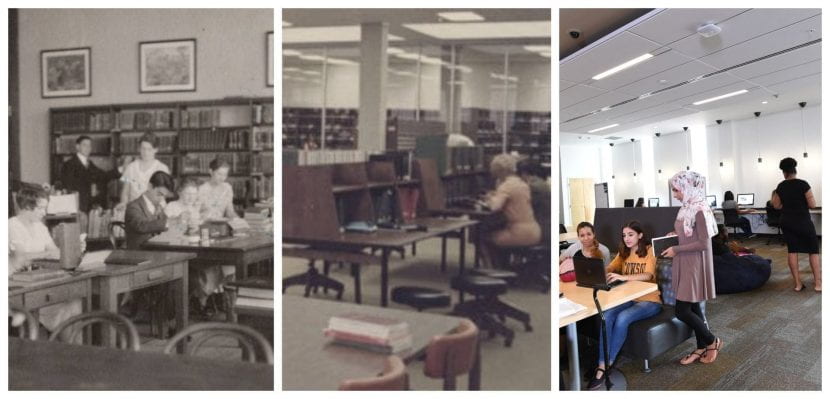We want students and faculty to look on their library with pleasure, and to know that it is theirs to build and to use with our help.
-Dorothy Reeder, 1955 Report from the Librarian.
When Towson University’s predecessor, the Maryland State Normal School, opened its doors in 1866, little thought had gone into the creation of a library. And yet, a library was begun, even if it was housed in the Principal’s office and the only arrangement of books done was the creation of handwritten catalog cards.
By 1870, the school was using the Peabody Library, which was very close to the school’s Mount Vernon locations.
However, when the school moved to the building at Carrollton and Lafayette Avenue in 1876, a space was set aside for a library, and funds were requested from the state to purchase books.


By 1906, the collection had grown to over 4,000 volumes, and in 1909, the school’s secretary, Mollie Walton Tarr, was also appointed the first school librarian. Tarr served in this role until 1916, and under her, the library began cataloging its collection.
When the school moved in 1915 to the Towson location, a library was established on the first floor of the Administration Building, now known as Stephens Hall. It had enough space for the collection, areas for reading and studying, administrative offices, and a large fireplace before which children from the Model Elementary School on campus could sit and listen to stories read to them by the librarian.

From 1918 until 1920, various librarians came and went, but in 1921, Mary L. Osborn was appointed and remained in the position until 1933. Under her leadership, the library collection grew from about 7,000 volumes to 35,000, and the staff grew as well. Before, the librarian was assisted by student helpers, but Osborne hired four staff members to serve as assistants.
In 1923, Osborne hired Gertrude Holt who would become the librarian in 1936. Under Holt, the staff began to specialize in different areas like Circulation, Reference, and Cataloging. In 1926, Osborne hired Merle Yoder, a 1924 graduate of the school who would remain in the library, ultimately as the head of Circulation, until 1969.
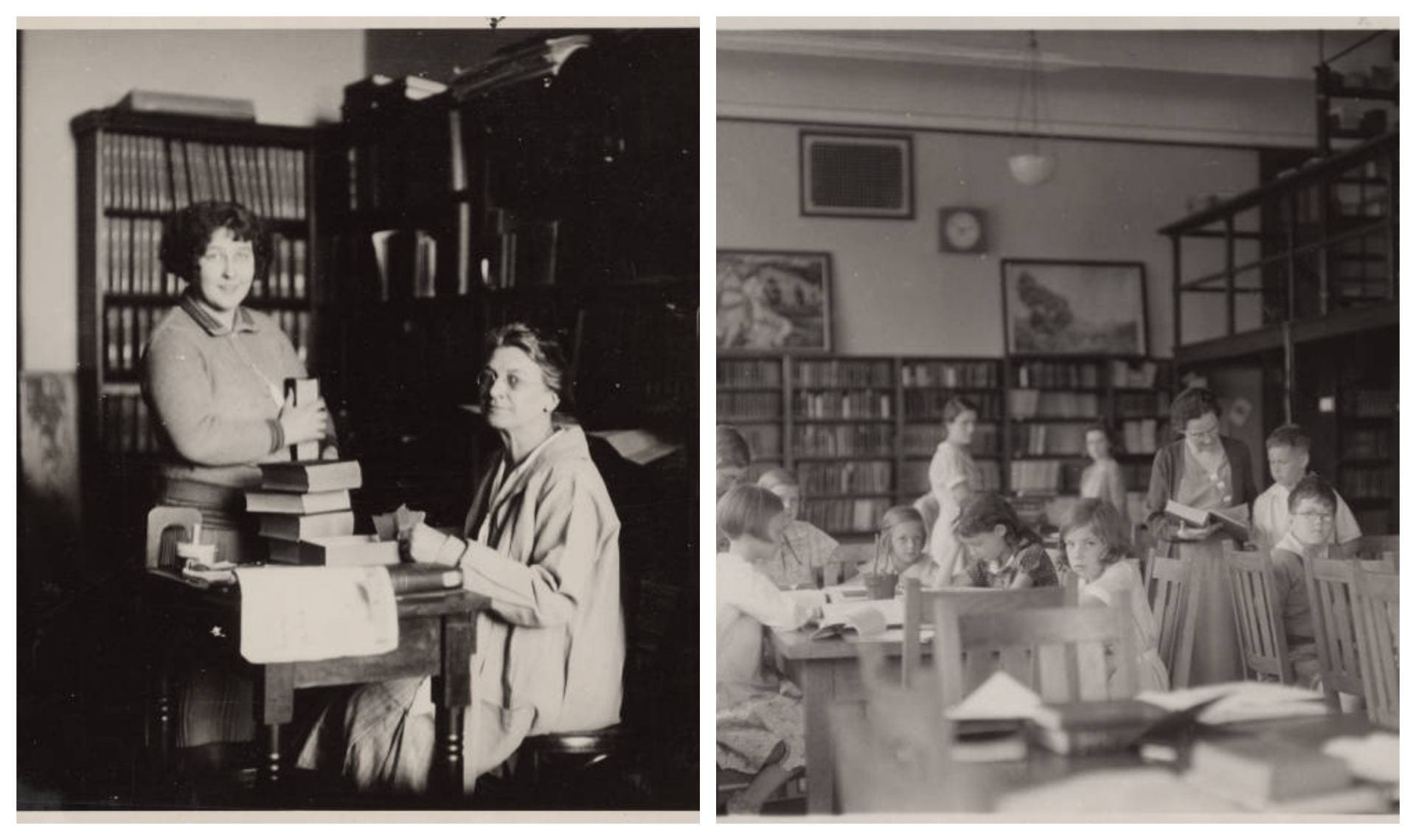
Space, however, was now at a premium. A new Campus Model Elementary school was built in 1933 in what is now known as Van Bokkelen Hall, which allowed for some expansion. In 1938, a periodicals room was created on the second floor of the Administration Building and this allowed the book collection to grow to 45,000 volumes. But even this was not enough space. By 1945, demand for a larger library in a separate building was growing.
In 1947, Dorothy Reeder was hired as the librarian at what was now known as the State Teachers College at Towson. She would oversee the library move not once, but twice, first in 1957 into the building now known as the Media Center, and again in 1969 into what is the present library.
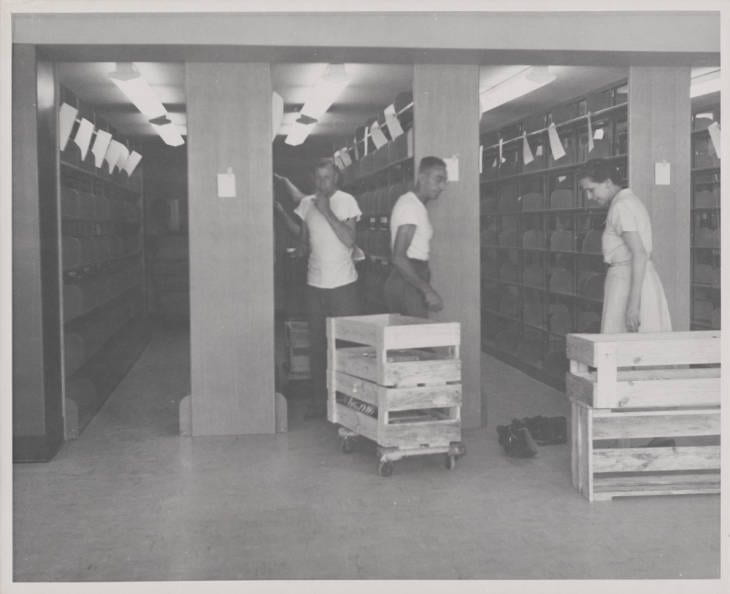
Each was named the Albert S. Cook Library in honor of the Superintendent of Schools (1920-1942) when the Maryland State Normal School became the Maryland State Teachers College.
The first Albert S. Cook Library could hold 100,000 volumes and seat 450. It had stacks, a reading room, a periodical room, a seminar room, a lecture room, a special collections room, and spaces for using such modern technologies as micro-film and micro-card readers, phonograph records, and typewriters. The staff also grew to one librarian and six assistant librarians, the first staffing change in thirty years.

When the library moved in 1969, it was designed to hold 600,000 volumes and seat 600 students. Now the staff was composed of seventeen librarians and a number of other staff members, with Reeder holding the title of Director.

Reeder stepped down from the Director position in 1970 to become the head of the College Archives, and was replaced by Thomas Strader. His tenure was one of extreme growth, both in the collection and in the services the library offered. By 1983, the collection boasted 850,000 items and seating for 1,500. The Media Resources department offered audio-visual equipment delivery and repair. The library also served as a depository for United States and Maryland Government Documents. And the basement was converted from storage and processing areas into the Academic Computing Service area.
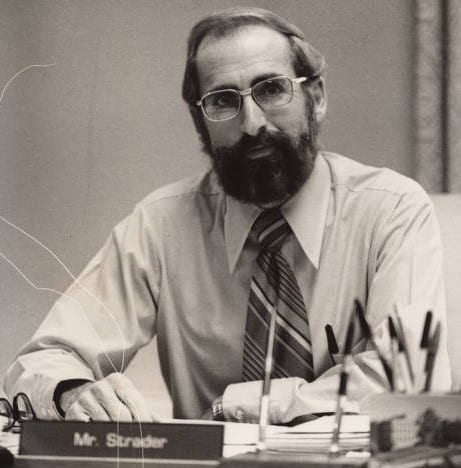
Strader left in 1990, and Eleanore O. Hofstetter, a librarian at Towson since 1966 was appointed Acting Director. A year later, the library catalog was made accessible online, offering not only Towson’s holdings, but also resources available in the entire University of Maryland system.
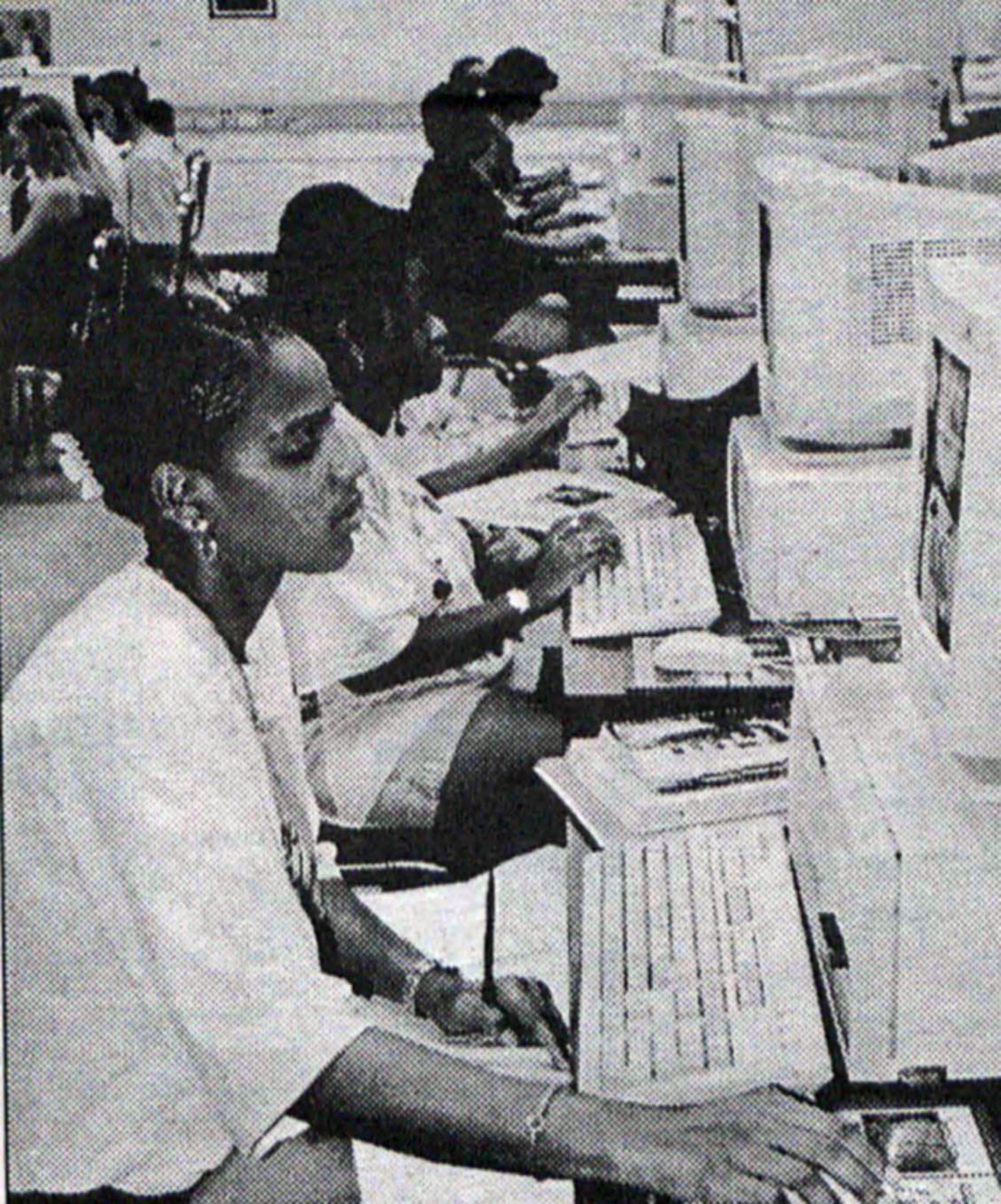
Deborah Leather was appointed Director in 1992, and would hold the office for ten years, while the library world evolved from a print to an electronic resource powerhouse.

Hofstetter was officially named Director in 2002, and the office was renamed “University Librarian” in 2004.

As technology advanced, the library’s role has changed. The demand for electronic resources and computers to access them means that the library has shifted its focus from being a repository for book collections to creating an environment for access and collaboration.
In 2006, substantial changes were made to the third floor. 170 computer workstations were put into place, and nine group study areas were created. While the book collection has been maintained at 580,000 items, online access to a multitude of electronic databases and books has flourished. Part of this renovation included the addition of a Starbucks™ coffee shop at the main entrance.
Deborah Nolan, current Dean of University Libraries, has directed even more transformation within the library since her tenure began in 2006. Two major renovations occurred in 2009: the renovation of the Special Collections and University Archives space on the fifth floor and the addition of the Baltimore Hebrew Institute collection on the second floor. In 2016 a Graduate Reading Room was created on the second floor and is available for use only by graduate students of TU. A year later, another major renovation re-oriented the third floor to create a 24/7 study space.
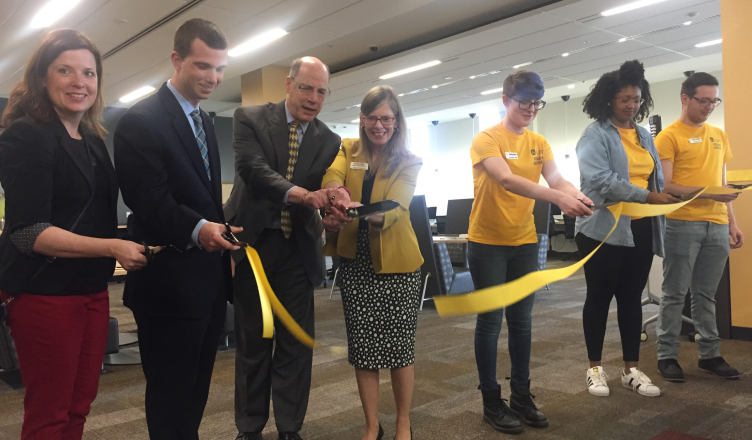
It’s all a very far cry from that first Maryland State Normal School 1866 catalog entry that reads:
A beginning of a library has been made, and additions are expected every year.
